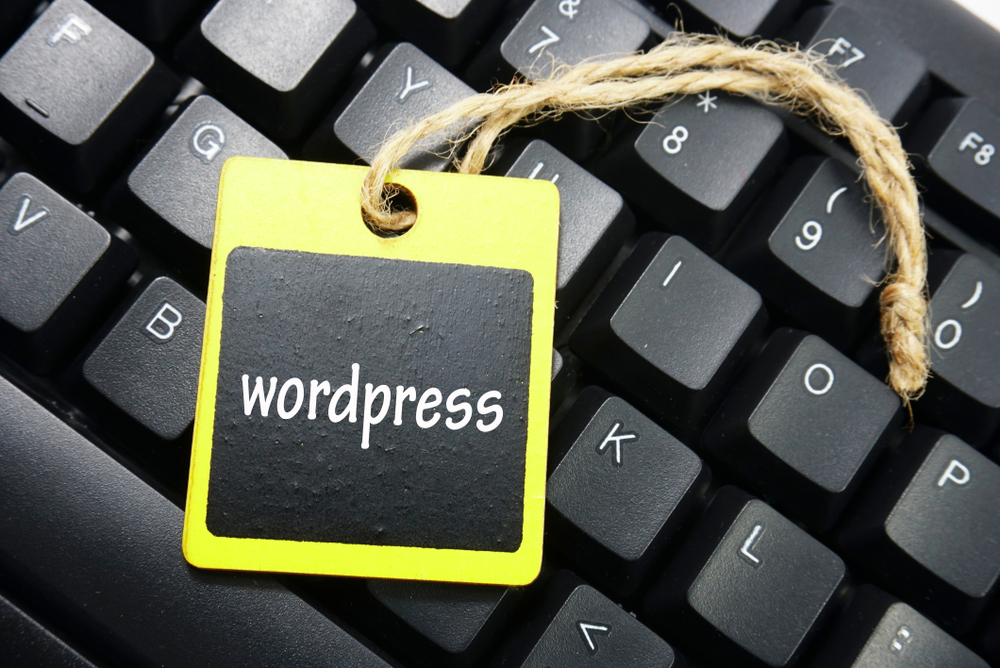
Creating a successful blog that engages readers and drives traffic can be a challenging task. However, with the right tips, tricks, and best practices, you can set yourself up for success. In this ultimate guide, we will explore some key strategies to help you create a blog that stands out from the crowd.
Define Your Audience
One of the first steps in creating a successful blog is defining your target audience. Understanding who your readers are and what interests them will help you tailor your content to their needs and preferences. Conducting market research and creating reader personas can help you better understand your audience and create content that resonates with them.
Create Quality Content
Quality content is the foundation of any successful blog. Make sure your posts are well-written, informative, and engaging. Use a mix of text, images, and videos to keep your audience engaged. Additionally, be sure to update your blog regularly with fresh content to keep readers coming back for more.
Optimize for SEO
Search engine optimization (SEO) is crucial for driving traffic to your blog. Use relevant keywords in your blog posts, meta descriptions, and headers to improve your blog's visibility in search engine results. Additionally, focus on creating high-quality backlinks to improve your blog's authority and ranking.
Promote Your Blog
Promoting your blog is essential for attracting readers and growing your audience. Share your blog posts on social media, participate in online communities, and collaborate with other bloggers to increase your blog's visibility. Additionally, consider investing in paid advertising to reach a wider audience.
Engage with Your Audience
Engaging with your audience is key to building a loyal readership. Respond to comments, ask for feedback, and encourage reader interaction on your blog and social media channels. Building a sense of community around your blog can help foster a strong connection with your audience.
Monitor and Analyze Performance
Monitoring and analyzing your blog's performance is essential for identifying what's working and what's not. Use analytics tools to track key metrics such as traffic, engagement, and conversion rates. Use this data to make informed decisions about your blog strategy and content.
Stay Up-to-Date with Trends
The blogging landscape is constantly evolving, so it's important to stay blog up-to-date with the latest trends and best practices. Follow industry blog site , attend conferences, and network with other bloggers to stay informed and inspired. Experimenting with new ideas and formats can help keep your blog fresh and engaging.
Be Authentic and Genuine
Above all, be authentic and genuine in your blogging efforts. Readers can tell when a blog is genuine and when it's blog website just weblog website trying to sell something. Show your personality, share your unique perspective, and be transparent with your audience. Building trust with your readers is essential for long-term success.
Frequently Asked Questions
1. How often should I update my blog?
Regularly updating your blog with fresh content is essential for keeping readers engaged. Aim to post at least once a week, but weblog the frequency may vary depending on your niche and audience.
2. How long should my blog posts be?
There is no one-size-fits-all answer to this question, but aim for a minimum of 500 words per blog post. Longer posts tend to perform better in search engine results and are more likely to be shared on social media.
3. How can I monetize my blog?
There are several ways to monetize your blog, including affiliate marketing, sponsored posts, selling digital products or services, and display advertising. Experiment with different revenue streams to see what works best for your blog.
4. How can I grow my blog's audience?
Growing your blog's audience takes time and effort, but there are several strategies you can use to increase your reach. Promote your blog on social media, collaborate with other bloggers, guest post on reputable websites, and engage with your audience to build a loyal following.
5. How can I track my blog's performance?
Use analytics tools like Google Analytics to track key metrics such as traffic, engagement, and conversion rates. Set specific goals for your blog and monitor your progress regularly to ensure you're on track to meet your objectives.
Other useful resources